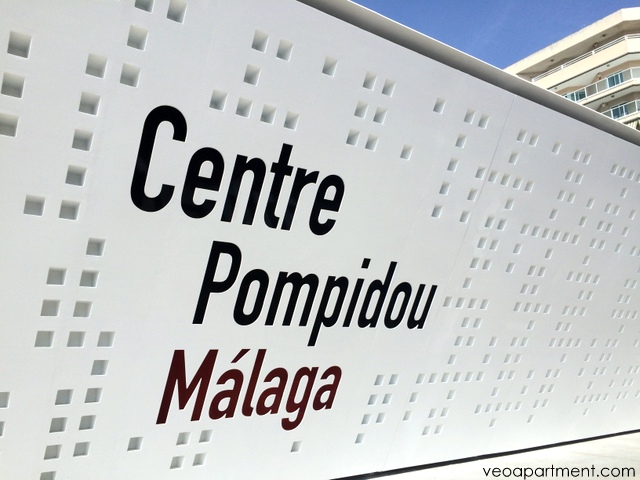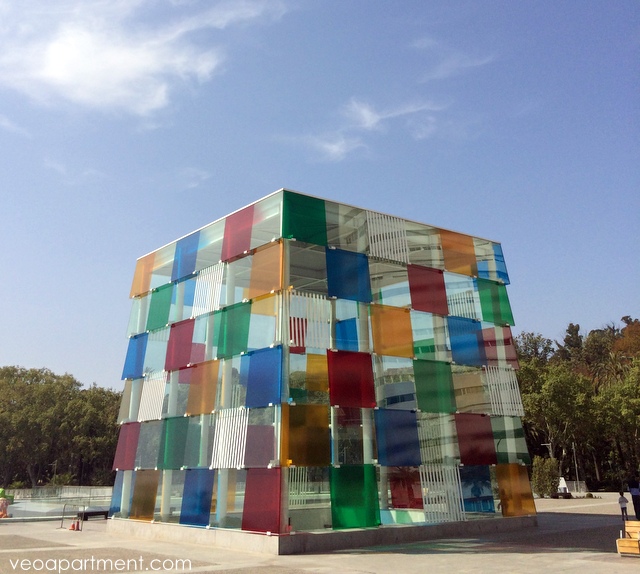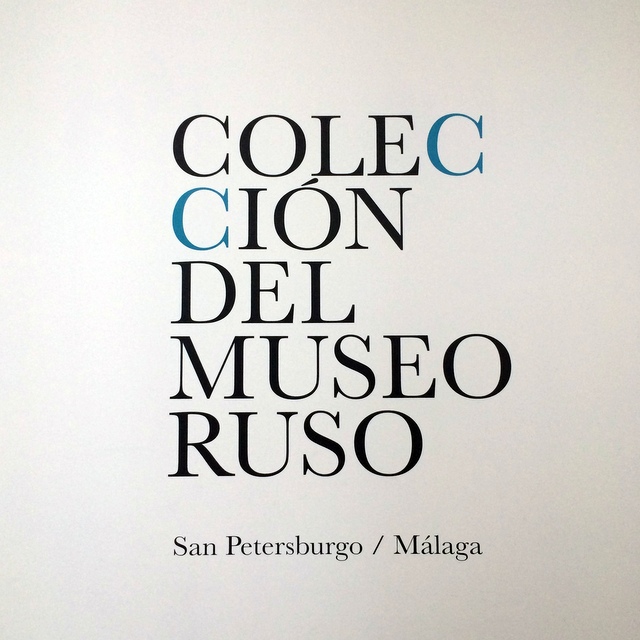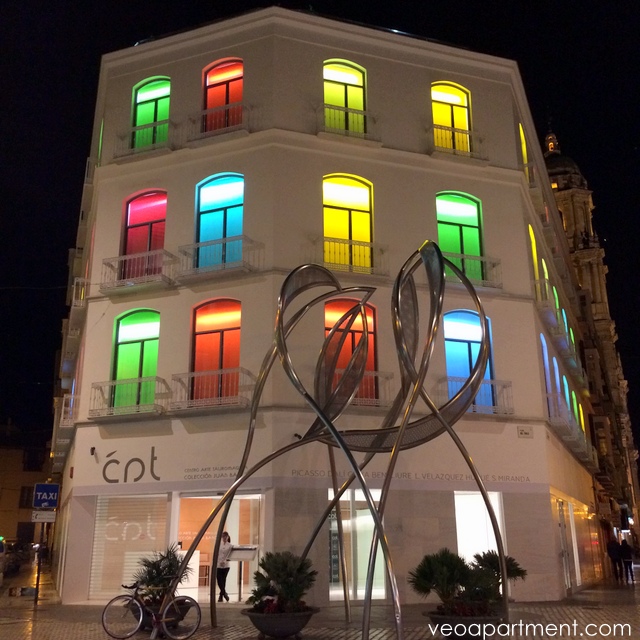
Already an important centre for the arts, especially for a city of its size, with the Picasso Museum, Carmen Thyssen Museum and the Contemporary Arts Centre all being internationally recognised, Málaga has recently moved up a gear with the opening of the new Centro Pompidou Málaga, the Russian Museum and the Bullfighting Arts Centre.

The new Pompidou Centre is, of course, an offshoot of the famous Pompidou centre in Paris’ one of the world’s largest and most prestigious collections of 20th century art, and only the second such after the Pompidou Metz. The agreement between Malaga and the Pompidou will last initially for five years, with the option of another five. The Málaga collection is being housed in the large glass cube at the end of Muelle Uno in the renovated port, a variation of the glass pyramid at the original.
The new centre will be in three sections. The first will house the permanent collection, consisting of around 80 paintings and other works by artists such as Pablo Picasso, Francis Bacon, Max Ernst, René Magritte and Rineke Dijkstra. The second will be for temporary exhibitions on particular themes (starting with Joan Miro’s works on paper, and female photographers of the 20s and 30s), lasting between 3 and 6 months. The third will be devoted to workshops for children and adolescents to encourage the next generation of artists.

The Russian Museum, a branch of Saint Petersburg’s State Russian Museum, can be found in Málaga’s old Tobacco Factory (itself an important example of 1920s regionalist architecture), which it shares with the Automobile Museum. Its permanent exhibition is of Russian art from the fifteenth to twentieth centuries, with items ranging from Byzantine icons, through Romanticism and Avant-garde to Soviet Realism, and of every size from the very small to the monumental. The 1,000 or so works on display form the largest collection of Russian art in western Europe, and are a fascinating window onto a culture at once familiar and exotic.
The museum will also house a series of temporary exhibitions tracing the relationship of Russian and European art, an auditorium and reading room and digital resources creating a virtual museum of the parent institution, as well as a Children’s centre with computer games and creative workshops.

The Centro Arte Tauromaquia can be found in the former tourist offices in the Plaza del Siglo in the centre of the old city, which have been totally renovated to accommodate a multi media salon and more than 300 pieces of the Juan Barco art collection, possibly the most complete and comprehensive in the world of bullfighting. Posters, paintings, drawings, photographs and sculptures, including works by Picasso, Goya and Salvador Dali. Definitely a must see for anyone fascinated by the romance of the bullfight.
These three new museums will make Málaga one one of the most important cities of art in Spain, and are a great reason to be one of the growing number of visitors here, whether you stay in a hotel or rent an apartment.